How to Backup and Restore Windows 11 Registry
The registry is a critical component of your Windows 11 operating system. It stores all the settings and options for your computer and is used by Windows to help it run smoothly.
Over time, the registry can become cluttered with old or damaged files, which can cause problems for your computer. If you’re experiencing stability issues, crashes, or errors, it may be time to back up and restore your registry.
Backing up and restoring the Windows registry is very important as it can cause serious problems with the functioning of the computer if something goes wrong with the registry. And in this post, we are going to tell you how to do that. Let’s take a look.
How to Find Windows 11 Product Key
Windows 11 is the most recent version of Microsoft's operating system, and it comes with a number of... Read more
Which backup method to opt for?
There are two ways to backup and restore the registry – manually or by using third-party software. Let’s look at the pros and cons of both methods.
Manul backup
Manual backups are typically done by exporting the registry to a file on another drive or storage media. It is a simple process that can be completed in just a few minutes. Also, you don’t have to fear losing any crucial data as the registry is backed up in its entirety.
3rd-party software
Moreover, third-party software programs that backup and restore the registry are also available. These programs will automate the process and often include other features such as scheduling backups, compression, and encryption. Some of these programs can be purchased outright, while others are offered as a subscription service.
Therefore, deciding which method to use to backup and restore the Windows registry. If you’re comfortable working in the Registry Editor and are confident in your ability to follow directions, then manually backing up and restoring the registry is probably the best option.
However, if you’re not comfortable working in the Registry Editor or are concerned about making a mistake, using a third-party software program is probably the best option.
But for today, we will cover the manual process.
Backup Windows 11 registry manually
You can easily backed up and restore Windows 11 registry manually in a few minutes.
Here are the instructions to do that:
Using the System Restore process:
- To begin, open the Start menu and type “create a restore point” into the search bar. Then take it out and open it.
- Then, under System Protection, click on the System Drive and then click the Configure button.
- Now, under the Restore Settings section, select the Turn on System Protection option. Then, select Apply and click OK.
- After that, tap on Create.
- Now, enter a good name for the restore point and click Create once more.
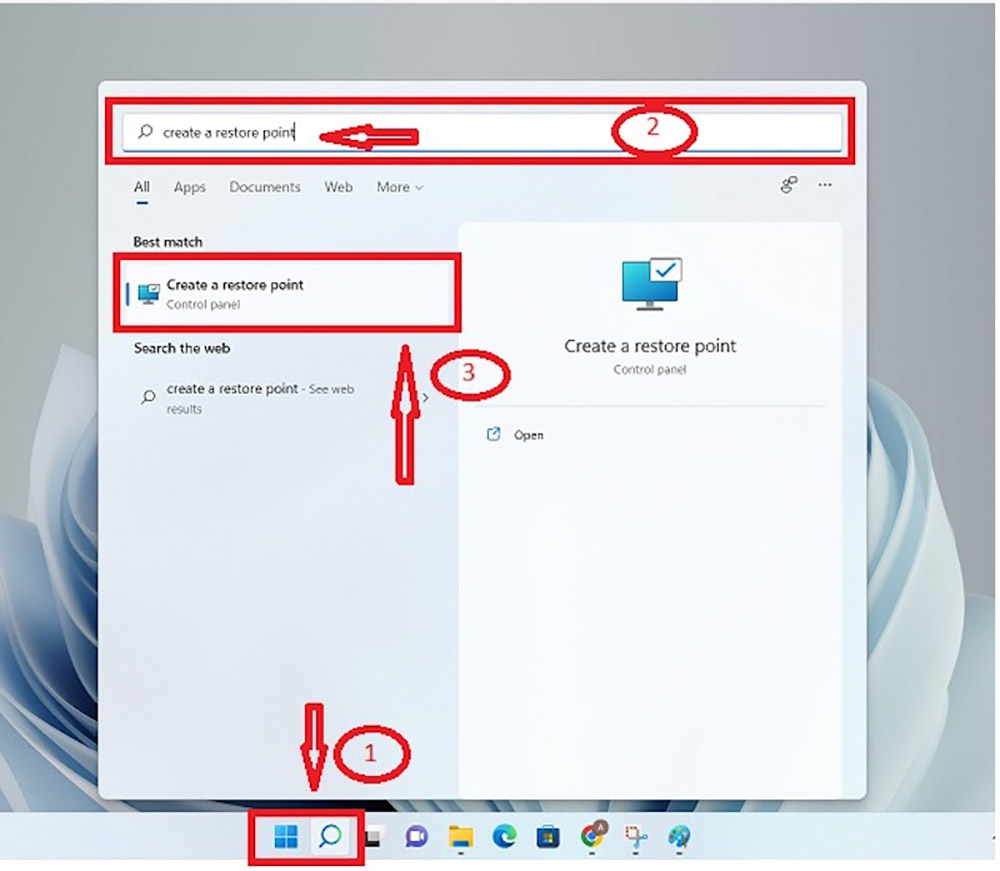



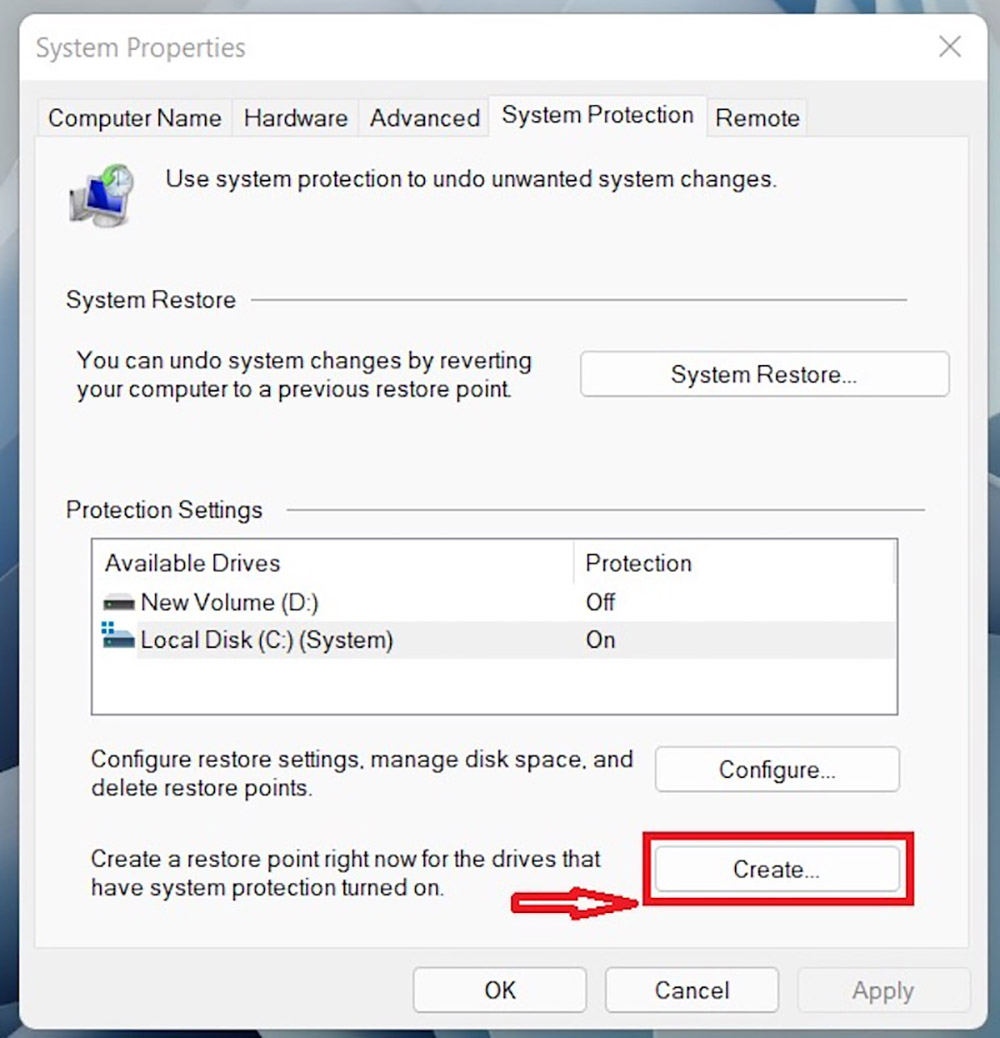
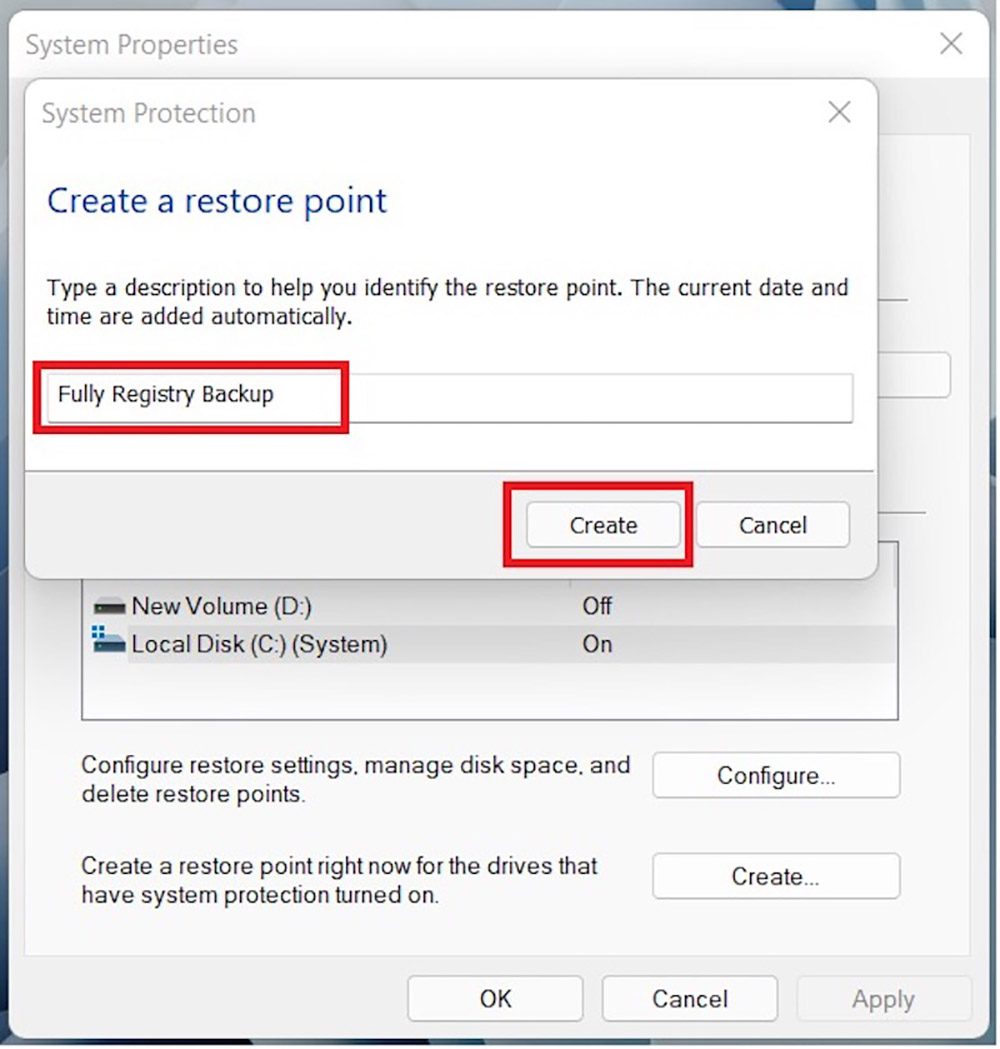
Finally, Windows will build a system restore point in a few moments, backing up all of your registry files in the process.
Using Registry Editor Process
Follow the procedures below to back up registry files using the Registry Editor.
- To run Registry Editor with administrative credentials, open Windows Search, type “registry editor”, and then select Run as administrator. Alternatively, use Win+R to enter the Run prompt and type “regedit”.
- In the task bar, select File and scroll down to Export.
- After that, give the file a good name and select a location. Under Export range, select All and then click Save.

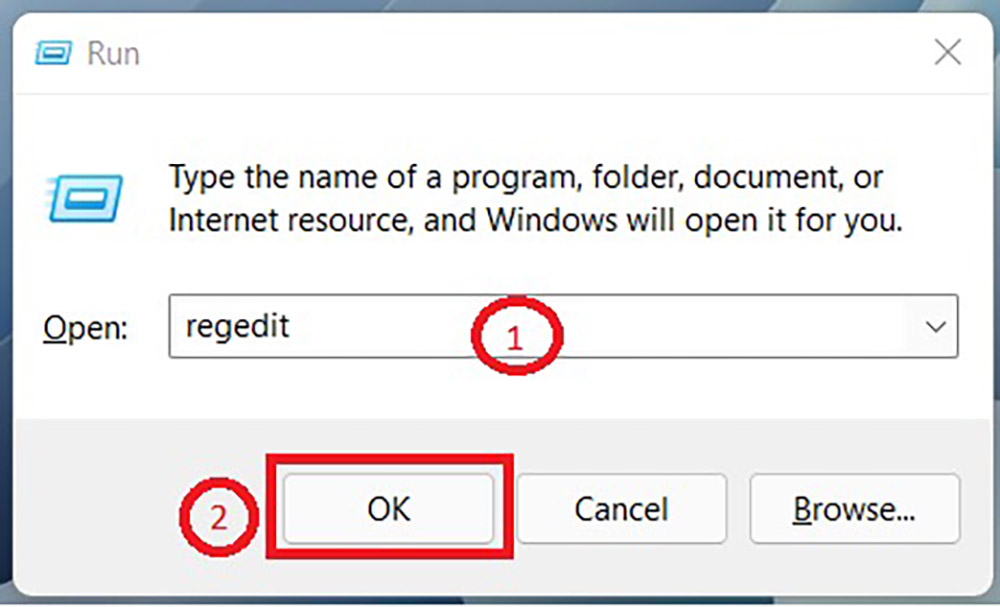
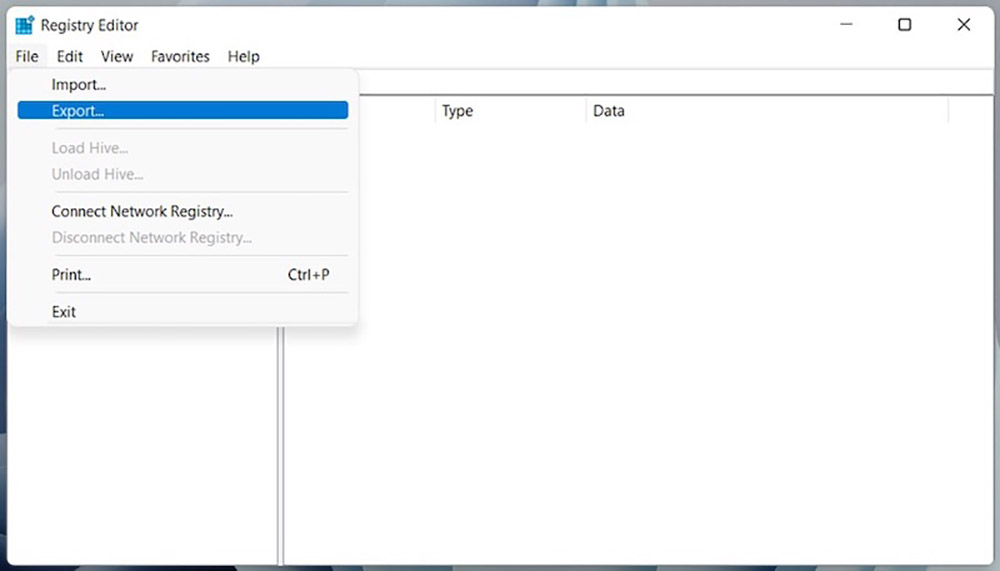
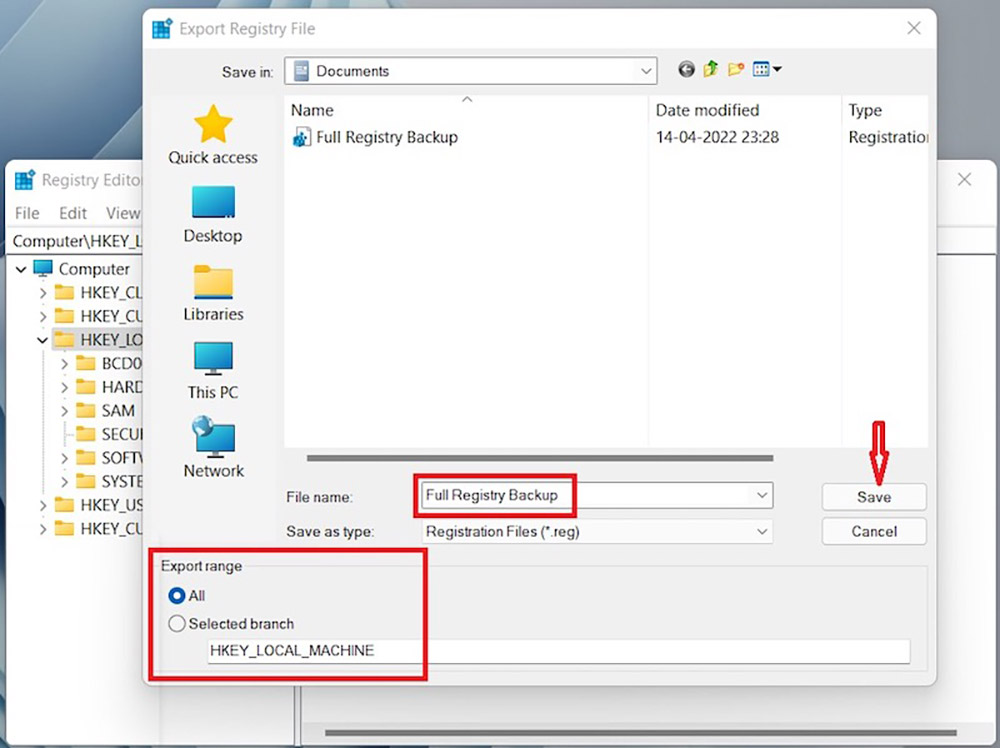
Finally, wait a few seconds for the backup file to appear on your computer.
Restore Windows 11 registry manually
If you are using Windows 11 and your registry has been corrupted or damaged, there is no need to worry as you can easily restore it manually. Just follow the simple steps given below and you will be able to do so within minutes.
Using System Restore Process:
- To begin, go to the Start menu and type Restore Point into the search box. Then take it out of the box and open it.
- Under System Protection, tap on the System Restore button.
- Here, select Choose a different restoration point and then hit Next.
- Select the previously created restoration point and click Next.
- Finally, go over your restore point and click Finish to begin the restoration.
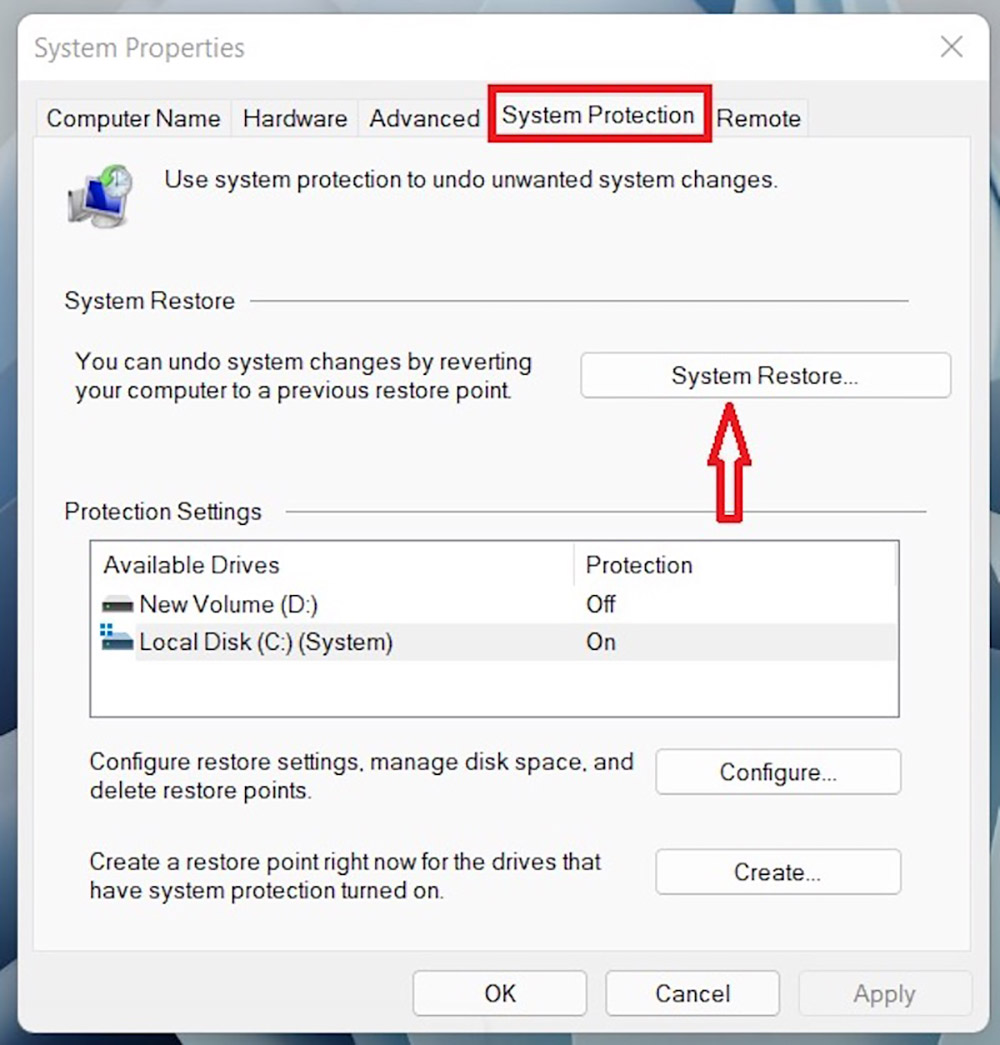

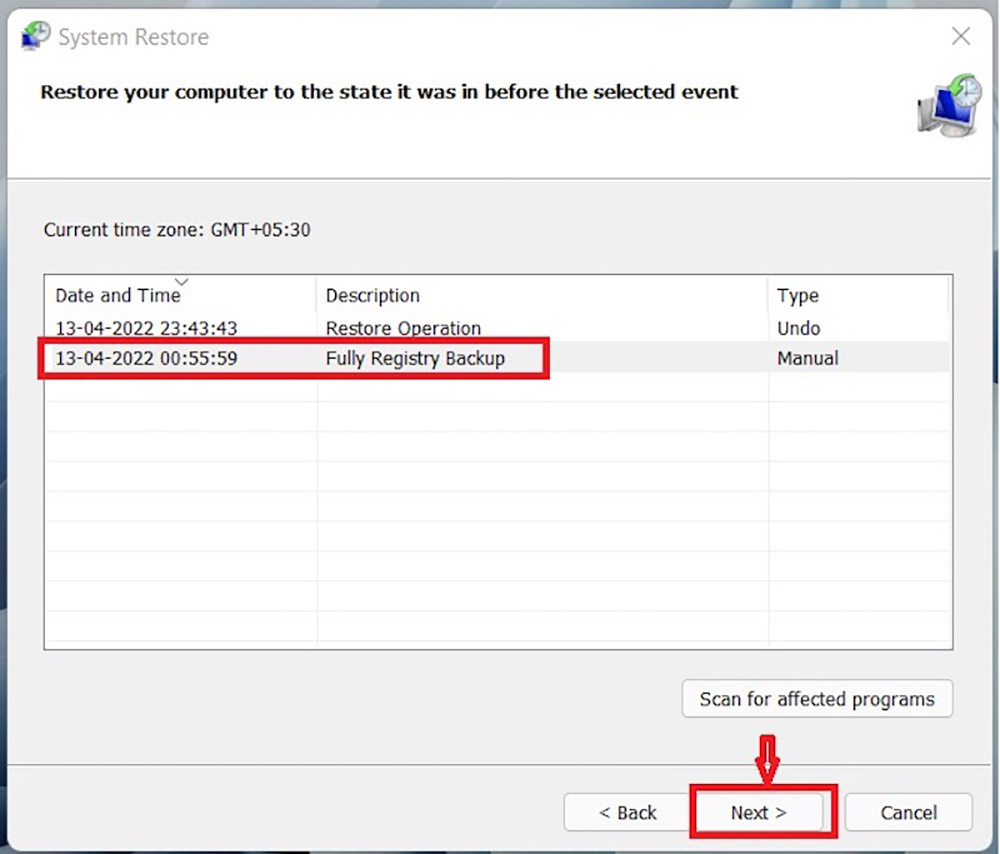
Using Windows registry process
- On the Taskbar, click the Search icon, type “registry editor”, and then select Run as administrator.
- Now move your cursor to the File menu, then select Import from the drop-down menu.
- Choose your backup file from the list of options and then select Open.
- Select the Backup file you generated before following the steps outlined previously in this tutorial (For this, check step 3 under Using Registry Editor Process).
- This concludes the discussion. You may also right-click it and choose Merge from the drop-down menu.


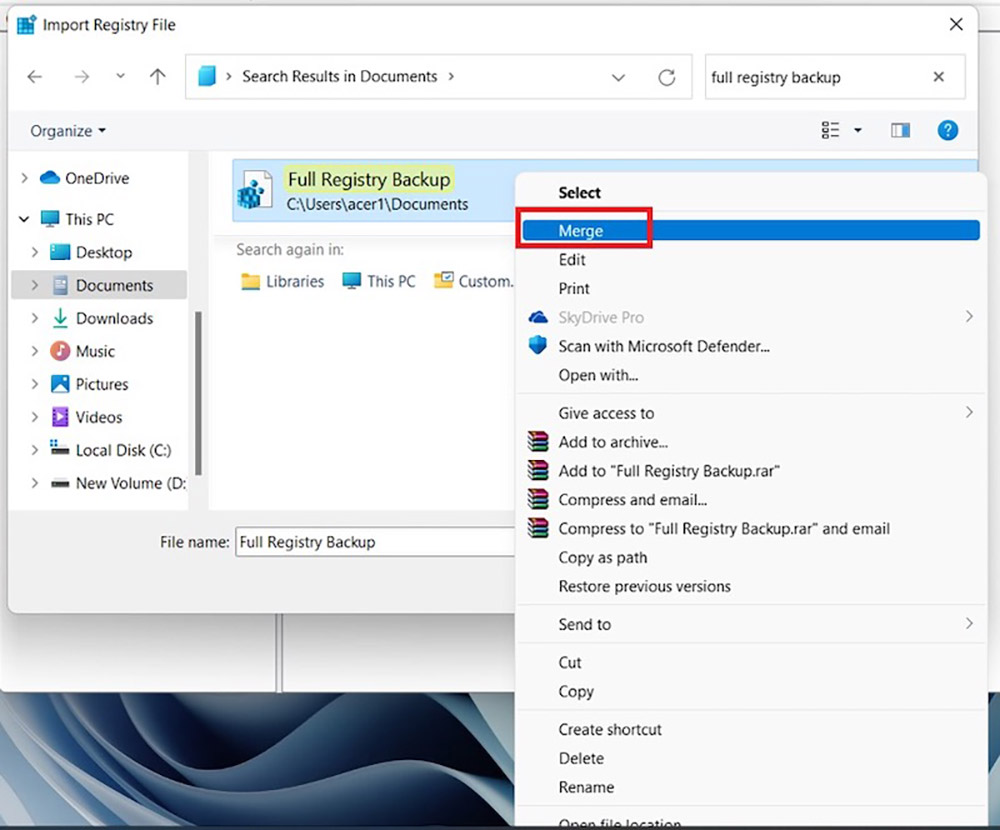
Backup individual registry keys on Windows 11
- To open the Registry Editor, press Windows + R on the keyboard and it will open the Run box. Here, type “regedit” and click OK.
- If the UAC (User Account Control) window appears, select Yes to open the Registry Editor and go to the location of the Registry file you wish to back up.
- Select File > Export from the menu. It will ask for the file name and then create a useful term that fits the situation.
- Under the Export range, pick the Selected branch as the default.
- Finally, save the backup by clicking the Save option.
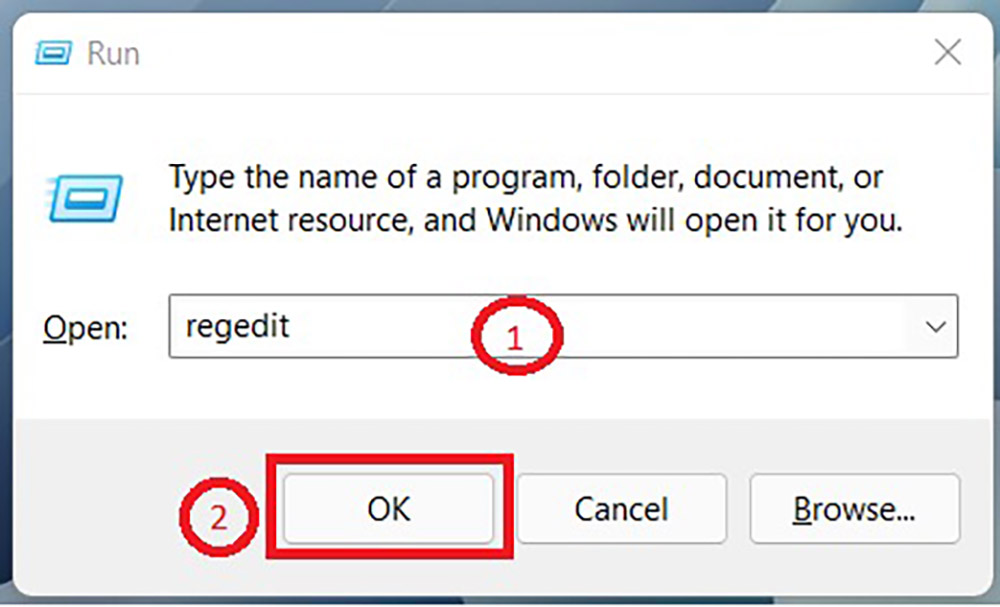

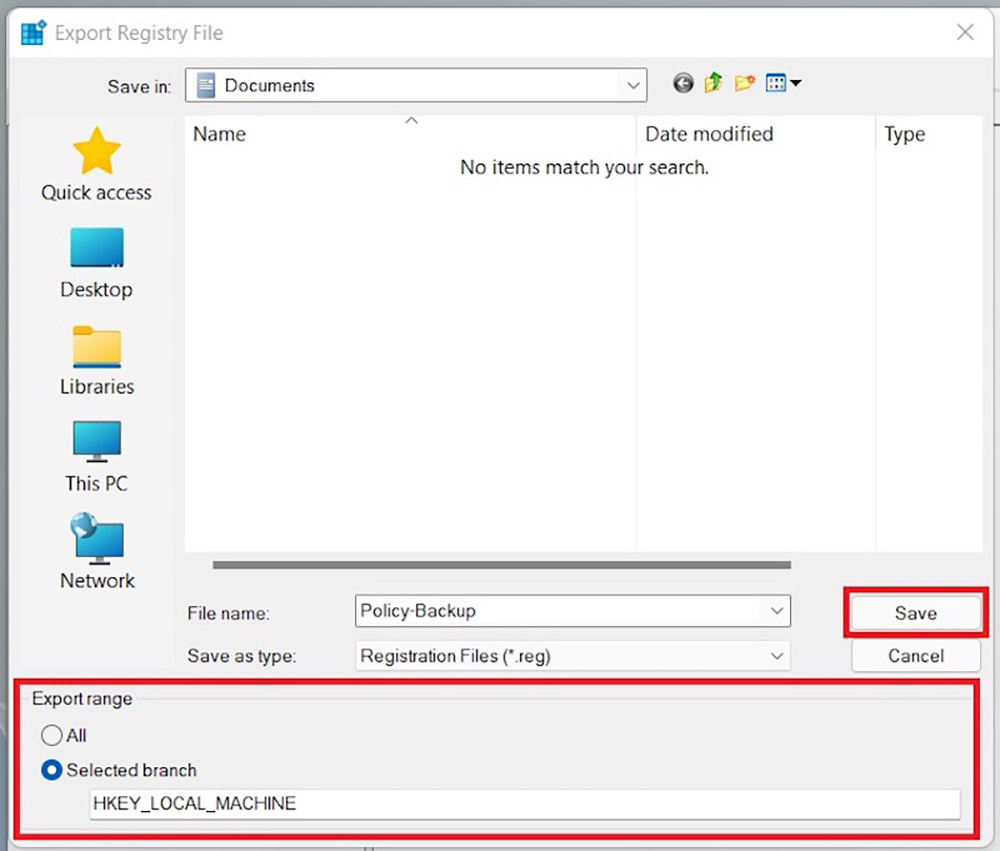
Restore individual registry keys on Windows 11
- Open the Registry Editor by pressing Windows + R on the keyboard and it will open the Run box. Here, type “regedit” and click OK and it will open the Registry Editor.
- If the UAC (User Account Control) window appears, select Yes to open the Registry Editor.
- From the taskbar, select File > Import.
- Click the Open button when you’ve found the Registry Backup File.
- Now you’ll see the “The keys and values contained in C:\Users\USERNAME\Documents\Policy-Backup.reg have been successfully added to the registry,” message on your screen.
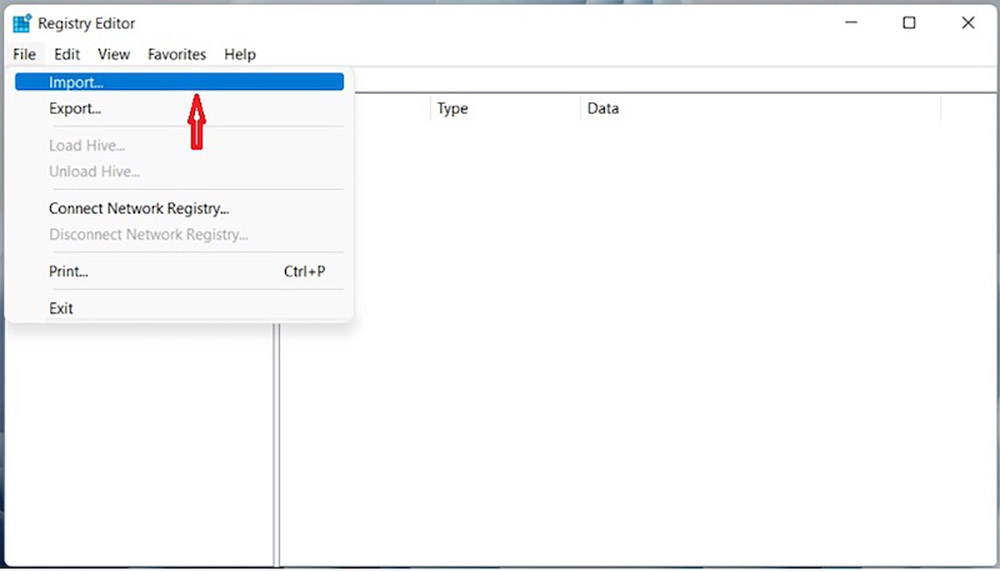

And that’s it! The registry backup file has been successfully restored to its original location.
Wrap Up!
So that concludes our advice on how to backup and restore the registry on your Windows 11 computer. Please let us know if you have any questions about the aforementioned processes in the comments section. We will respond as soon as possible with a solution.